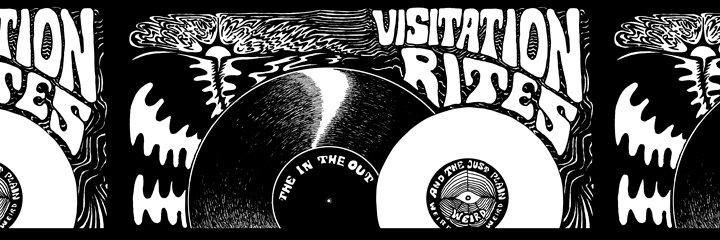
If you have ever heard or seen the Reactable in action, it was probably during Bjork’s 2007 Volta tour. Largely influenced by the Moog synthesizers of the '60s and '70s, this new instrument is a translucent table with movable colored blocks that produces a range of rhythms, melodies, and sequences. If the Reactable has not received the mainstream recognition it warrants, this may be because it is not its tonal qualities that make it revolutionary for live performance, but its components. While its sound is unlikely to break the mold, the Reactable is a dramatic innovation in both interactive performance and music technology.
The instrument is the brainchild of four experimental musicians and music academics from Europe. I recently spoke with Sergi Jordà, Marcus Alonso, and Günter Geiger (the fourth, Martin Kaltenbrunner was in Austria and thus unavailable), who have been receiving awards for the invention on both sides of the Atlantic: Rolling Stone’s Hot Instrument of the Year, two D&AD Yellow Pencils, and the Golden Nica from Prix Ars Electronica.
The first aspect of the Reactable that sets it apart from other instruments is the simplicity of its interface, coupled with seemingly infinite outputs. Talking to its creators, I was reminded of the adage about the game Go: “a minute to learn, a lifetime to master.” Sergi said that the group wanted the Reactable to be simple enough so that new players would not become bored as they learned how to play, but open-ended enough so that progress would not render practice futile: “Being attractive and fun doesn’t mean that it’s simple.”
The other revolutionary aspect is the Reactable’s multi-user interface. Up to four performers can use the Reactable at once, creating a collaborative sound design unique to each particular performance. This collaborative element is manifest in the physical structure of the instrument itself: a "round table", designed so that no performer is the leader and all have an equal say in the music.
The technology behind (or, beneath) the Reactable is a vision-tracking software called reacTIVision, which allows the computer to keep track of multiple “tangibles” (the physical representatives of the virtual synthesizer’s modules) as well as finger touches on the table's surface. A camera beneath the table identifies and tracks the tangibles based on a symbol that distinguishes each module of the virtual synthesizer. In this way, tangibles can be placed on the table and introduced to one another, banding together and influencing one another’s output.
For example, when a Sequencer tangible is in place on the table, a waveform appears between it and the “output” at the center of the table. The tangible can be turned, like a knob, to change the frequency. A voltage-controlled filter (VCF) can be added to interrupt the Sequencer, appearing as an intermediary on the table. By rotating the VCF, the overtones of the sequence can be adjusted, creating more textured and interesting sounds.
The Reactable’s sound, as demonstrated in this Internet video, is generally drum-heavy synth beats; but its creators insist that while “you have to practice, it is possible to play a melody.” This distinction, however, is kind of a moot point: the Reactable was conceived of on a “higher level” of thinking involving “real-time interaction and performance.”
There are disadvantages to the Reactable. Its limited mobility makes it difficult to carry along for a gig. But no one playing ordinary gigs will be using a Reactable anytime soon, as it has yet to become commercially available. There is a version out now in seven museums worldwide, but an industrial version should be available by the end of the year. Unlike the earlier Reactables, these newer instruments can be customized; while they will come with preprogrammed modules, the user can “add [their] own samples, sequences, layers of complexity.” The new version will include a “different interface for a configured table," harkening back to John Cage’s music for prepared pianos.
For someone with little to no knowledge of synthesizers or electronic music in general, the Reactable can be a welcoming introduction, presenting modules, frequencies, and waveforms in a simple, visual setting. For experienced musicians, it creates new realms of possibility for performance and collaboration.
Words: Nicholas Wells
Photos: Xavier Sivecas
Continuing Education:
The Official Reactable Website

Like what we're doing here? Just a little pocket change gives Visitation Rites food to live on.





